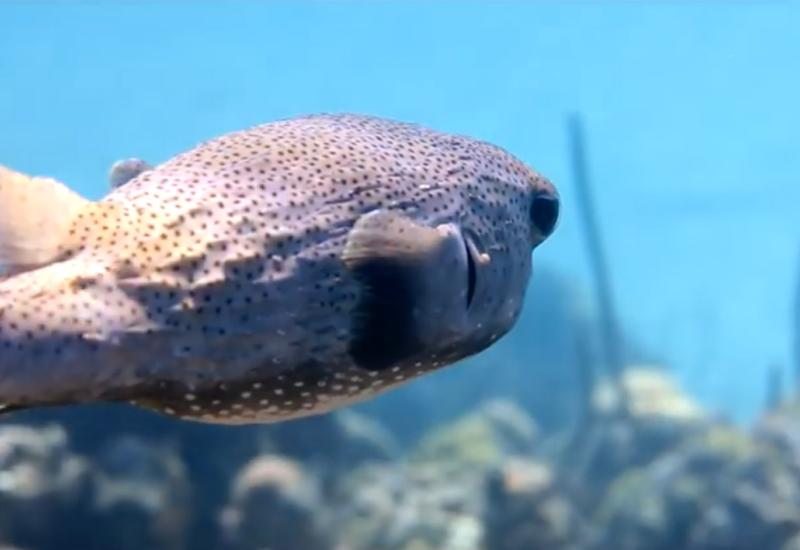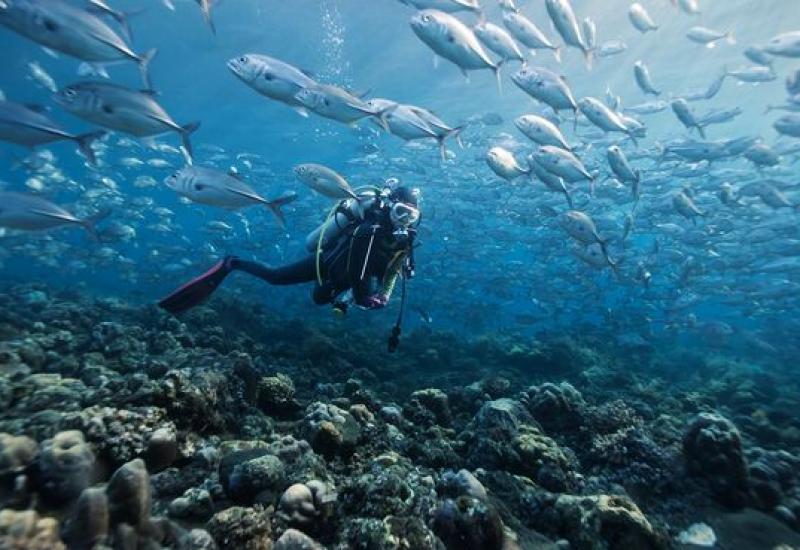The Ultimate Predive Buddy Safety Check
It doesn’t matter if you’ve made 10 dives or 1,000 dives, the predive buddy safety check should be a part of your routine. It ensures that everyone’s equipment is properly set up and working, and also helps familiarize both of you with each other’s kit. Remember BWRAF from PADI’s Open Water Diver manual? It’s the acronym that stands for the steps in a thorough predive safety check: BC/ Buoyancy, Weight, Releases, Air and Final Check. Remember the steps in a buddy check with this mnemonic: Begin With Review And Friend. Or, if you prefer: Bruce Willis Ruins All Films, Big White Rabbits Are Fluffy, etc.

Alexander Wells/Folioart.co.ukYou learned it during your open-water certification, but are you still practicing it?
• BC/Buoyancy
Check that it’s adjusted properly, the low-pressure inflator hose is properly connected and the buckles are secure. Locate the dump valves and releases, and make sure they’re working. Ensure that the tank is firmly strapped in. Hit the inflator button for a short burst to make sure that it’s working, and then deflate it. Check that signaling devices are working and easily accessible.
• Weight
Ensure the amount of weight is correct and distributed properly. Also be sure that the weight pockets and/or weight belt is secured. Check your buddy’s weight belt to be sure it allows for quick, right-hand release, or if his or her BC has integrated weights, make sure you know how to release them.
• Releases
Check all releases and make sure they are secure — these can include sternum straps, shoulder straps and cummerbunds. Don’t forget the tank release. Make sure your buddy’s BC is strapped correctly.
• Air
Both you and your buddy should take several breaths from the regulator and check the SPG to ensure the tank is full and on. The needle on the SPG should not move, and if you’re using an air-integrated computer, the air pressure should decrease by only a few pounds per breath. Test your alternate and your buddy’s. Make sure both of your alternate air sources are correctly clipped off and visible. Check for any leaks, such as where the first stage connects to the tank.
• Final Check
Make this a head-to-toe check. Secure all loose hoses, consoles, lights, cameras, etc. Test any gear, such as turning on your dive light. Make sure wetsuits are zipped and hoses aren’t tangled.
Other considerations include:
• The site.
Is the site divable given the current weather and tidal conditions? Are you and your buddy both comfortable making the dive?
• In the event of an emergency.
What are the dive operator’s established emergency procedures? Is emergency oxygen available? Where is the closest decompression chamber? If the operator fails to give a safety briefing, politely ask for one.
• Obviously, technical divers have a more extensive predive safety checklist.
For example, drysuit divers need to make sure their suit is in good working order. Wreck-penetration, cave and rebreather divers have very specific guidelines and equipment checks to follow before making a dive. But the bottom line is this: A predive safety check should be made before each and every dive. Complacency, lack of preparation and a lack of attention to detail are not acceptable.










